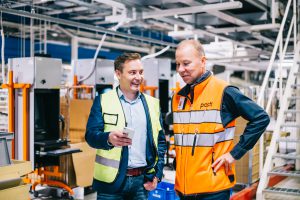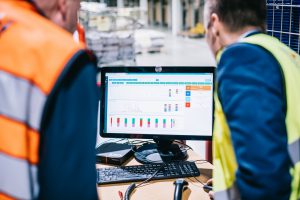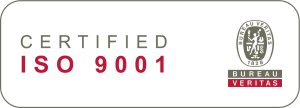
Detailed knowledge of customer’s processes takes often years to gain, but without this knowledge, it is almost impossible to really optimize the processes and to develop effective tools for the end-customers. The key to the learning process is to identify the different stakeholders and their needs, understanding that an operator and a board member have different needs and different perspectives on problems. The purpose of management is to provide services as cost-effectively as possible, to obtain the shortest possible payback period for investments, and to strive to create a good working atmosphere. I don’t think the goals at floor level are very different, their perspective is just different. The operators want to do their job efficiently and flawlessly, get positive feedback, and enjoy the workplace. When I look at this from the supplier’s perspective, the transaction is conditional on a short payback period. User-friendliness and consideration of the needs of the operators make the work smooth and pleasant.
The best developer does not get the best results by staring at the terminal and optimizing the performance of the software. The user is ultimately the person who influences how efficient and usable the systems are. Therefore, I see that it is good for developers to see in production as a whole how the users use the system, only then they will be able to react and develop the systems to be user-friendly. However, the supplier must be able to critically evaluate development ideas, which is usually possible only in close collaboration. It is in everyone’s interest not to develop anything in vain, but to develop features that support the processes.
Not everything can be simulated
An analyst cannot always predict how people will behave in production and what challenges it will pose to do in practice. Therefore, the data collected from production, combined with material flows and self-making, gives an idea of how the process can be optimized with modern tools.
The importance of work management is growing in optimizing processes. In manual work, labor costs represent the largest cost item and without proper tools, efficiency will be difficult to measure. One must also remember that measuring tools can be both, a threat and an opportunity! Properly calibrated production measuring tool raises motivation
and a sense of working together through which the employee feels valued and successful.

The collaboration is rewarding
The jointly developed system serves the entire chain, with process optimization and its measured benefits deepening the customer relationship. It is obvious that success brings a sense of well-being. When the whole chain is involved in the development, the feeling of success is enjoyed by the operators, the management, the procurement, and the technical team as well as the top management.

